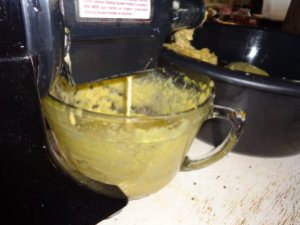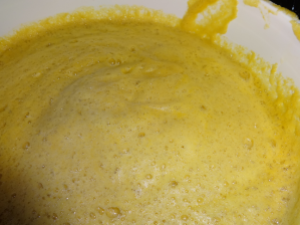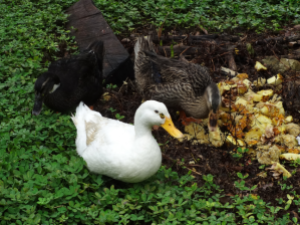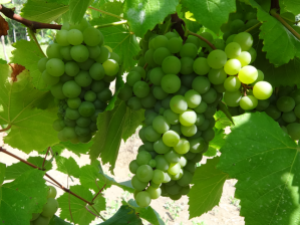 Hello There!! I will try to catch-up with this post and bring you up to date. On Tuesday night we had a scary, gusty storm that resulted in a power-cut for most of the night and of course, the Internet went down with it. The storm has brought cooler weather with grey clouds and it even rained heavily this morning. The Internet started up again today…yay…it is so insidious how we feel that “we need Internet” and life just isn’t the same without it. When I down-loaded my bunch of late emails, they weren’t all that exciting and most of them were spam, anyway!
Hello There!! I will try to catch-up with this post and bring you up to date. On Tuesday night we had a scary, gusty storm that resulted in a power-cut for most of the night and of course, the Internet went down with it. The storm has brought cooler weather with grey clouds and it even rained heavily this morning. The Internet started up again today…yay…it is so insidious how we feel that “we need Internet” and life just isn’t the same without it. When I down-loaded my bunch of late emails, they weren’t all that exciting and most of them were spam, anyway!
Well, since it was a Rainy Day, we made Pineapple Melomel (mead with fruit). Yesterday, I had bought 20 ripe pineapples from the market for BZD 30.00 (USD 15.00) in an attempt to excite Gnome into making some more booze (nice, sparkling, champagne-like stuff) for me. After I got the pineapples loaded onto the truck, he gave me a whiny look and said that he was hoping that I had bought the plantains instead of the pineapples. That remark got him a “Chinese Woman Look” and stopped the complaints quick smart.
This is what we did.
We removed the heads and scrubbed them in the sink:

I then started chopping up the pineapples. Whilst I was doing this, I kindly asked Gnome to take some pictures of this process. All the pictures were soooo baaaad!! They were out of focus and made my hands look stumpy and small…or, are they really like that? I had to re-take some photos:


Gnome put the pineapple chunks through the juicer to get the juice and the pulp:

We ended up processing 10 pineapples in all because it was actually a lot of work and the juicer was over-heating and complaining with the work-load. So, we managed to get about 6 litres (1 and 1/2 gallons) of juice from it all.

We got an extra 2 litres (2 quarts) of juice from the squeezing of the pulp:

We waste nothing!! We gave this and some pineapple peel to the duckies this morning. It was a Pineapple Feast…look closely at silly white duck…he even has a bit of pineapple stuck to his head.

We have noticed that our duckies are totally neophobic with food unless it is yellow in colour. So, I was received by joyful and frenzied quackings today when I brought out the basin of pineapple waste.

While I was out playing with the duckies, Gnome proceeded with the making of his pineapple melomel; honey and fresh Toledo rainwater (very fresh!) was added to make the batch up to 5 gallons. Gnome will be posting up the recipe in Bored-in-Belize over the next few days.
Heating Melomel:

Yes, I know…it all looks very yellow (just like all the other pictures) but believe me, this will taste great! Tomorrow, we will be processing the rest of the pineapples and adding honey and fresh ginger. In the words of Gnome, “Make it a Metheglin.”



















































